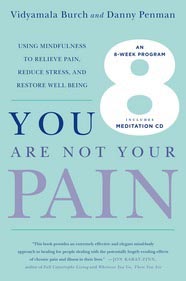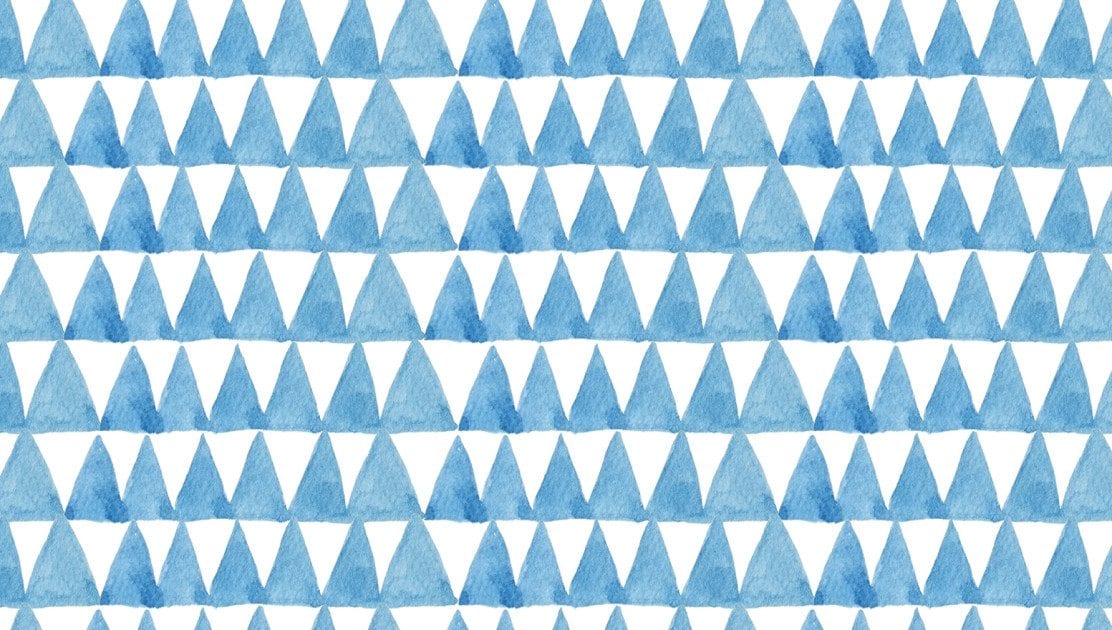You Are Not Your Pain: An Interview with Vidyamala Burch
Vidyamala Burch is the founder of Breathworks, an organization offering mindfulness and compassion-based approaches to living well with pain, stress, and illness. Living with a chronic back condition due to spinal injuries and partial paraplegia, Vidyamala knows how distressing it can be to live with ongoing pain. She also knows that it’s possible to manage pain, and to flourish while doing so.
Her most recent book is You Are Not Your Pain: Using Mindfulness to Relieve Pain, Reduce Stress, and Restore Well-Being—An Eight-Week Program. We recently spoke with Vidyamala about her personal path and Breathworks’ programs during her recent retreat at the Garrison Institute.
What is your personal experience with chronic pain?
I was a very fit, healthy girl in New Zealand in the 60’s. It was a very outdoorsy culture. I was very athletic, but one day, when I was lifting someone out of the swimming pool during lifesaving practice, my back started to hurt.
It wasn’t a big dramatic collapse, but it was more an insidious onset of quite debilitating pain. So I had all the tests, and it turned out that I had a condition called spondylolisthesis, which is basically when you get a fracture within a vertebrae and then your spinal column moves forward on the one below. It’s actually quite common. About ten percent of the population has it and doesn’t even know they’ve got it. But I had it quite severely.
The following year I had a fusion surgery when I was 17, which is young to have that kind of surgery because I hadn’t finished growing completely. So that’s been problematic. And then after that operation, my leg became paralyzed.
So then I had a further operation, and they removed the whole back of the vertebrae. So really by the time I was at the end of my 17th year, I was living with chronic pain. Then when I was 23, I was in a car accident. The guy who was driving went asleep at the wheel, crashed into a telegraph pole, and I crushed another vertebrae in the middle of my back.
I’m 55 now, so that’s 39 years that I’ve had chronic pain.
What kinds of methods for working with chronic pain were available to you in the 70s? How did you discover mindfulness?
My initial approach to my situation was frank denial. I just tried to pretend it wasn’t happening—and that’s very, very common. When something catastrophic happens, you think, “I’m just going to try and get on with life as normal.” I managed to keep that up for about ten years, and then I had a big crisis when I was 25 and I was in the hospital. I was in an intensive care ward—we don’t need to go into all the details—and I went to the edge of madness. The pain was really, really intense.
Then I had these two voices in my head, one voice was saying, “I can’t bare this. I’m going to go mad. I can’t get through ‘til the morning.” It was a dark night of the soul. But another voice was saying, “You have to make it through the night.” There was a back and forth between these voices. And then a third voice came in that said, “You don’t have to get through ‘til the morning. You just have to live this moment. You just have to live this moment—and this one, and this one.”
It came from nowhere. I’d never read about Buddhism. I didn’t know about anything spiritual. But my experience radically changed. I went from being tortured to being relatively relaxed and confident. I can do this. I can live this moment.
It reminds me of the story of the Buddha’s enlightenment moment under the Bodhi tree.
I often say that that night was the axis upon which my life has turned, because it made me reframe everything. I started to think that life is all about living in the moment.
And up until that point, I’d not really even considered that I had a mind, let alone that my mind could be a tool to help me manage my circumstances. My circumstances were desperate. I had to give up my job at 25; I was disabled, and in loads of pain. It was horrible. I came out of the hospital knowing that I needed to take responsibility for myself. There wasn’t anyone out in the world who was going to make me better. It was down to me. I had a mind and my mind could be a tool; and I wanted to learn how to live in the present moment.
A very good social worker gave me loads of meditation cassette tapes. This was 1995 in New Zealand, and I didn’t know a single person who worked with their mind. Meditation was considered quite strange and weird. But I had this long period of rehabilitation during which I had the gift of time, and many, many people, they never get time to just lie on their back and contemplate the nature of their own mind. I had that opportunity for months on end, and I really learned how to think. I’d give myself a topic and think it through until the end.
That sounds sort of terrifying.
Yeah, it was really devastating because I’m an active person. But it was also thrilling that I was developing this relationship with my inner world and beginning to see my mind as a tool for transforming my life.
 So there was this initial insight that you could have this moment to moment awareness as a way to deal with pain and a growing awareness of the richness of your inner life. How did that turn into the eight-week program that you outline in You Are Not Your Pain?
So there was this initial insight that you could have this moment to moment awareness as a way to deal with pain and a growing awareness of the richness of your inner life. How did that turn into the eight-week program that you outline in You Are Not Your Pain?
Well, in 1997, I had another big crisis with my back. I think it was just degeneration with age. I overdid it a bit. I ended up back in the hospital, and this is when my bowel became paralyzed, my bladder became paralyzed, and I started using a wheelchair more.
There was another dark night of the soul. I’d been meditating for ten years, and yet here I was again. I hadn’t seemed to really transform my relationship with my suffering. I was asking myself, “What is it that I’m missing?” And then I came across Jon Kabat-Zinn’s Full Catastrophe Living, and another book by Stephen Levine called Who Dies? What I learned from those two books is that you really need to turn towards your experience, even if it’s painful.
Up until then I’d been using my meditation in an escapist way. I was trying to use my mind and my heart to escape my situation and experience higher states. I think it’s a really common mistake, but I’d been basically perfecting escapism for a decade.
So when I came across this idea of turning towards your experience, I thought, “That is the missing link. I need to learn to do that.”
Additionally, I did a lot of reading around pain management and came across this idea of pacing, which is where you learn how to really manage your activities in daily life. So I did that, and I gradually rehabilitated myself again. Then in 2002, I went on a course with Jon Kabat-Zinn and I knew that that his approach was really important for me, the Mindfulness Based Stress Reduction. But I couldn’t come to America—because I wasn’t well enough and didn’t have the money—so I thought, “Well, I’ll have to develop my own program.”
What’s the essence of the program that you’ve developed?
Well, the essence, it’s very simple. Really it’s about being aware, being kind, noticing what’s happening, don’t push away the unpleasant sensations, don’t cling onto the pleasant sensations. Rest back and let everything arise and pass. And make choices about what you do with your mind.
Outside of that, the core essence in terms of the model is to divide one’s experience of pain into two components: primary and secondary suffering. In the case of back pain, the primary suffering is the unpleasant sensations in the body. The secondary suffering is what arises when we resist that. Mentally we get involved with the drama about the pain: the anxiety, fear, depression, and, of course, secondary physical tension.
People learn to accept their basic unpleasant sensations and reduce or overcome the secondary suffering that arises because we resist what is already here. And people get that. It’s very simple.

Hello Vidyamala-burch, I’ve been very impressed with the CD that is included with your book, You Are Not Your Pain. I haven’t read much of the book because my eyesight is too weak to read now so I usually only listen to the CD. I’m sure I could benefit from reading the book that comes with the CD. Is this book available in audio book format? The CD that comes with it is one of the best I’ve ever worked with. I’m in my 11th year of a debilitating, maddening physical disorder of the nerves and I use the CD to help me keep as sane and well as possible under the circumstances of my disorder. Obviously I’m usuaing the CD to help me manage my chronic illness.
BTW, I’ve often wondered what accent of English is spoken on the CD. It is easy on the ears for repeated hearings. I would not have guessed a New Zealand accent.